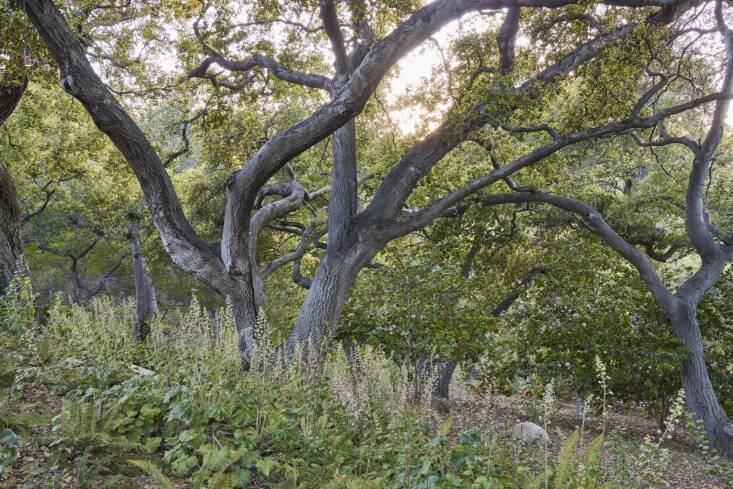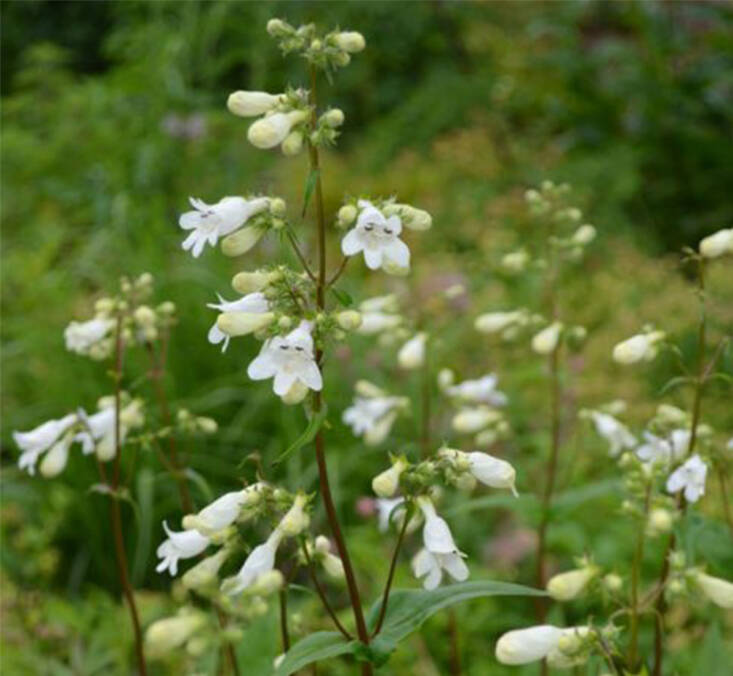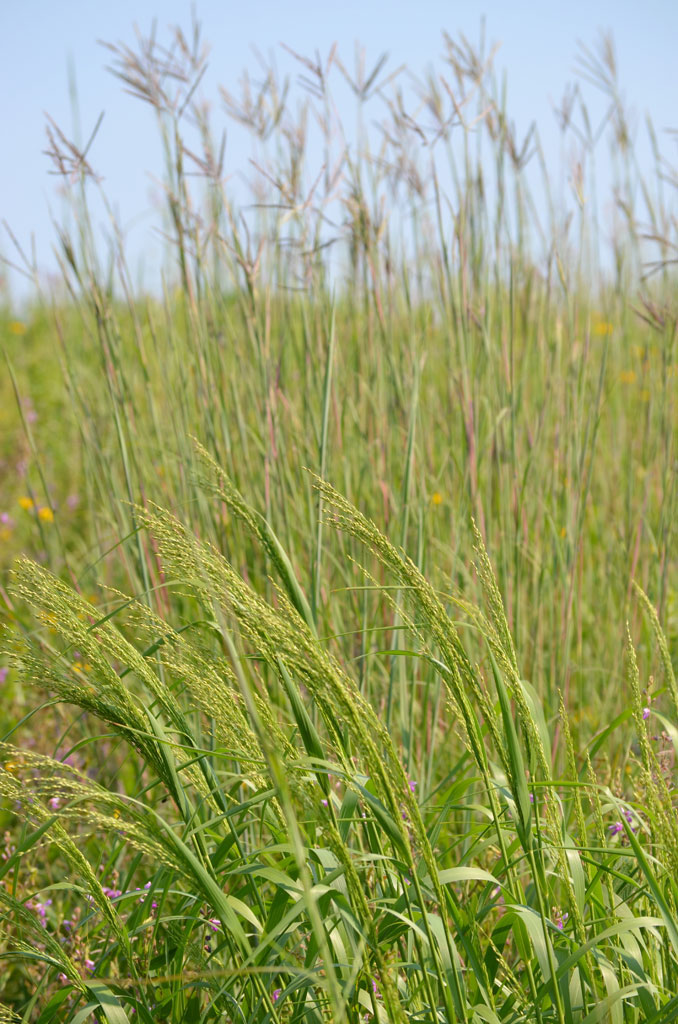Experts Share the Best Plant Pairings
“My current favorite combination is white-blooming pearly everlasting (Anaphalis margaritacea), sideoats grama grass (Bouteloua gracilis), purple love grass, and burgundy ‘Red Midget’ upright prairie coneflower (Ratibida columnifera ‘Red Midget’). These are all functional and resilient native perennials. Tough as nails, drought tolerant, long bloom times, understated, textural, and gorgeous.”
4. Foxglove Beardtongue + Native Grasses
Grace Fuller Marroquin, Founder and Creative Director of Grace Fuller Design, New York:
“I love to combine foxglove beardtongue (Penstemon digitalis) and native grasses, like switchgrass (Panicum virgatum) and prairie dropseed (Sporobolus heterolepis). They’re beautiful, romantic, and are great for pollinators. Plus, they’re drought-resistant and require minimum water to get them started.”
5. Coast Live Oak Tree + Island Alumroot

David Godshall, principal and co-founder of California-based Terremoto.
“We’ve slowly come to the realization that landscaping under coast live oak trees (Quercus agrifolia) is almost a different genre of garden-making. In their native habitats, very little grows in these dry, part sun, part-shade environments. Additionally, we have to be very sparing about adding irrigation to these trees, as they don’t like summer water! Luckily for us, Island Alumroot (Heuchera maxima) co-evolved to fill this very particular botanical niche, and we’ve had great success using them as drought tolerant, partial shade loving groundcover to make oak woodlands feel a bit more cultivated or purposeful. They push beautiful pink to white flowers in spring to boot.”








